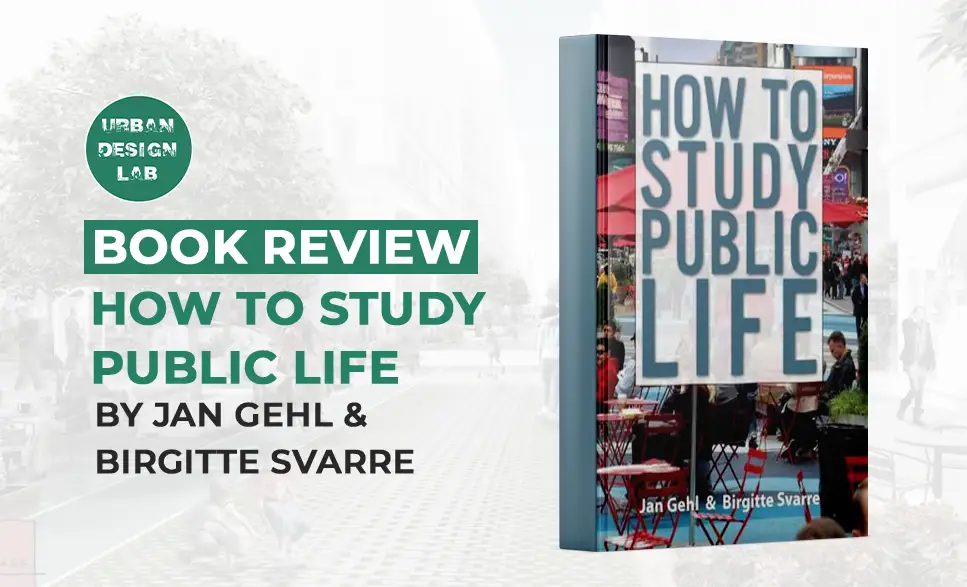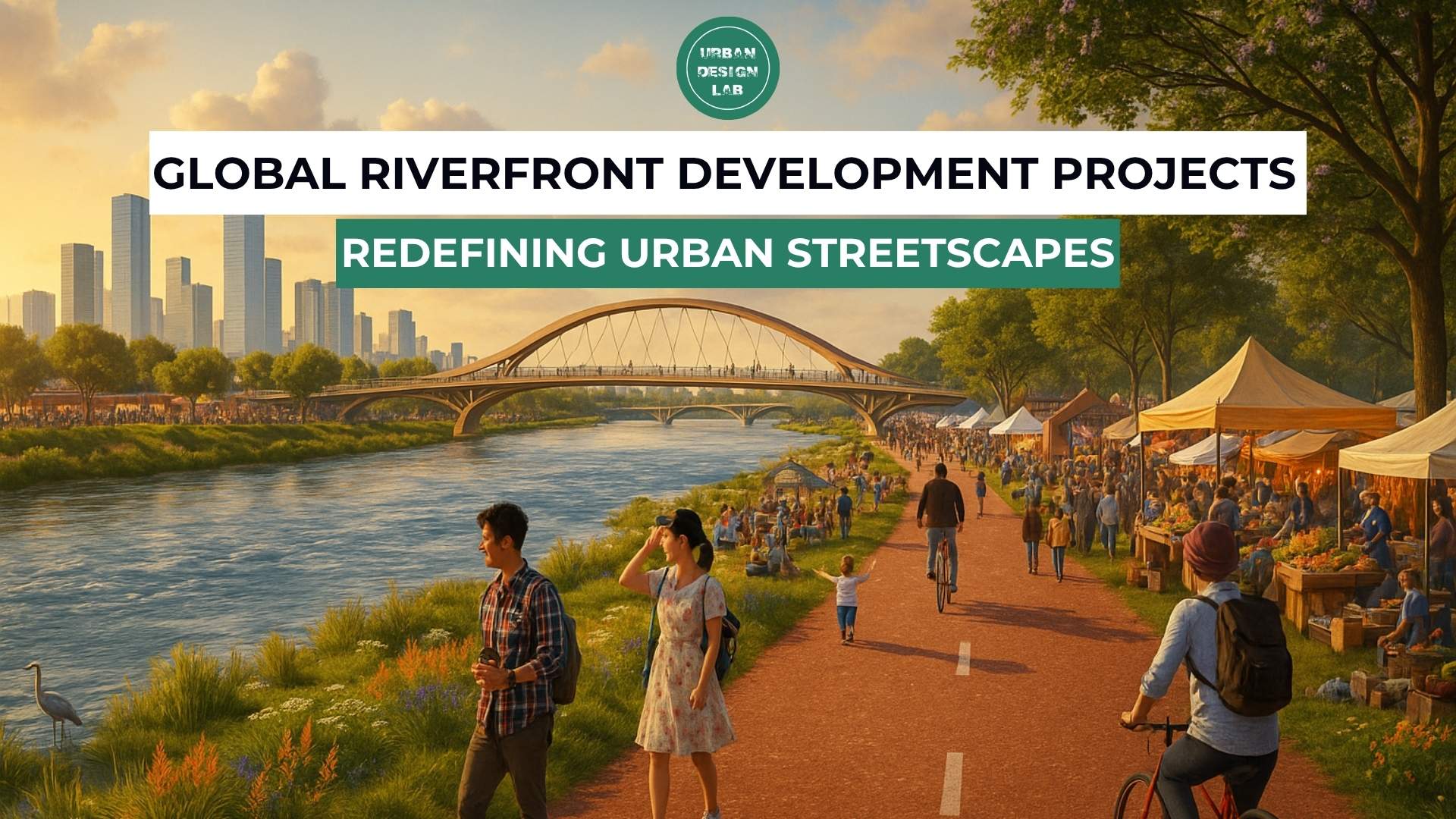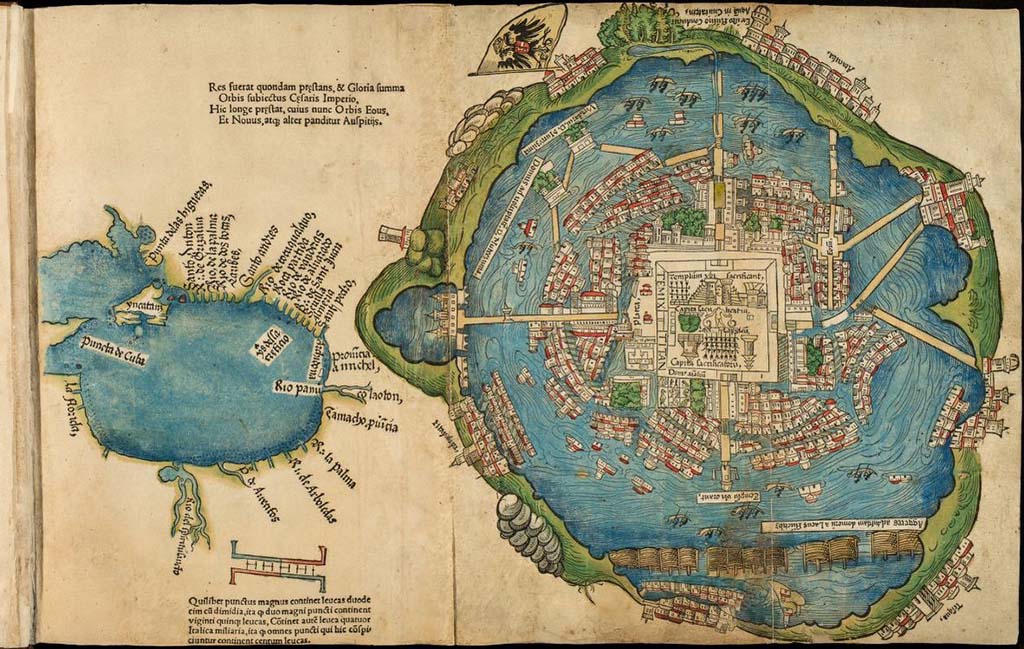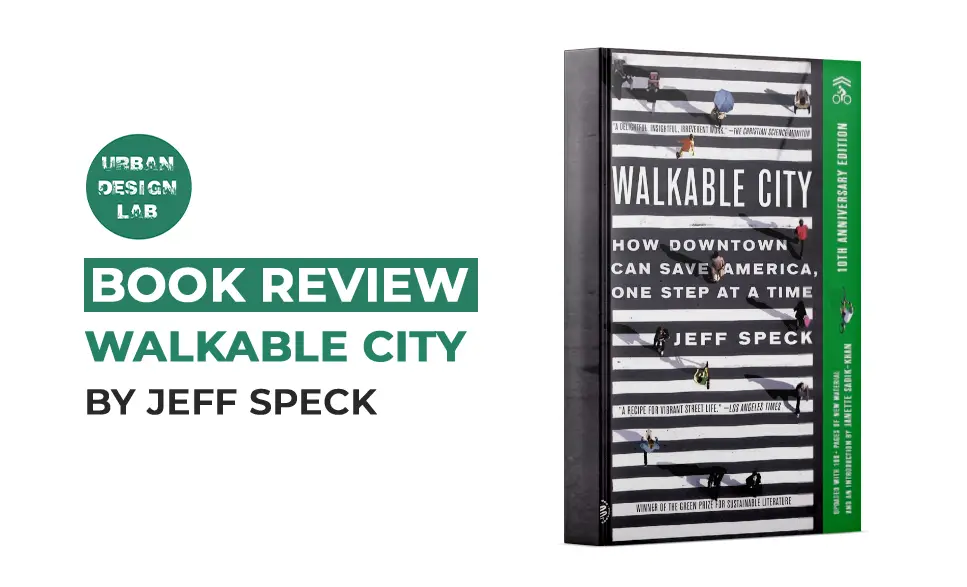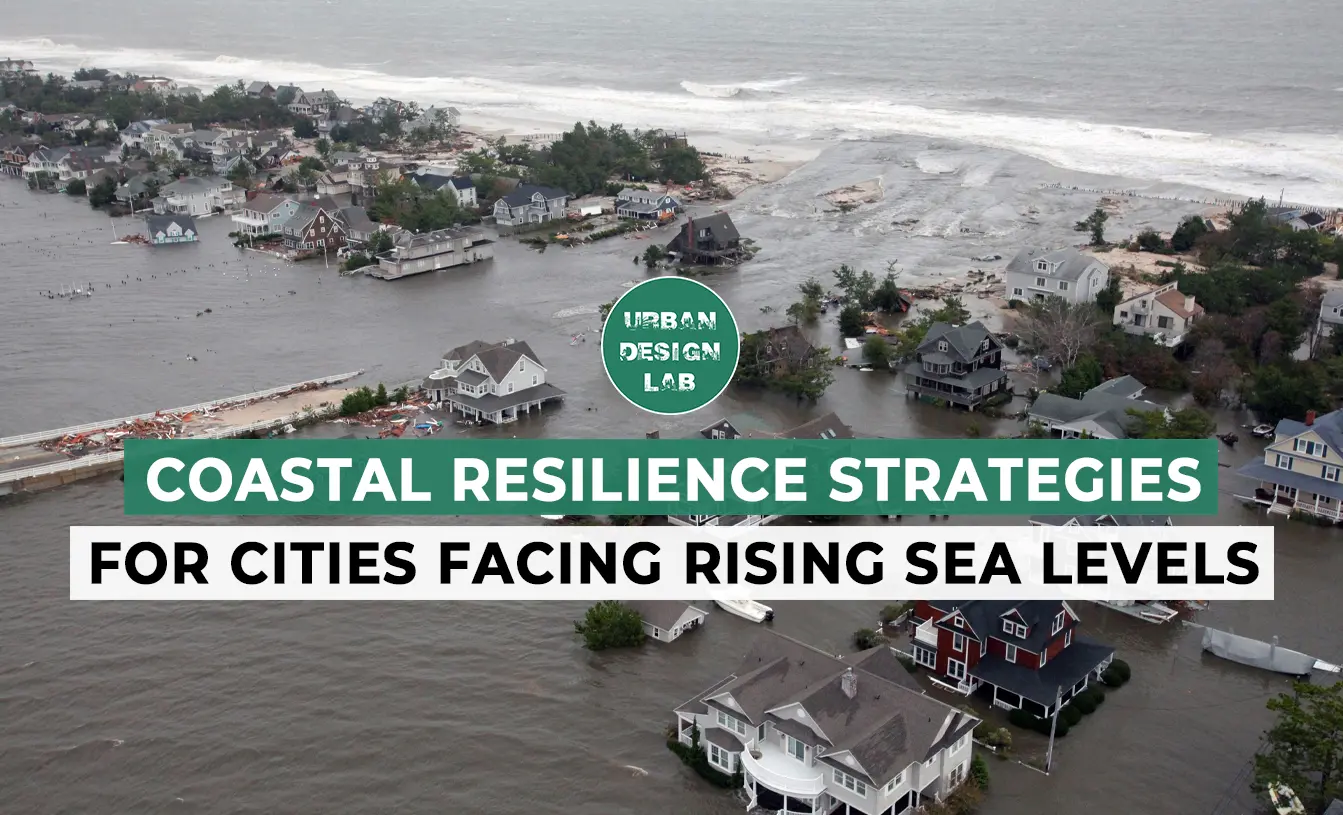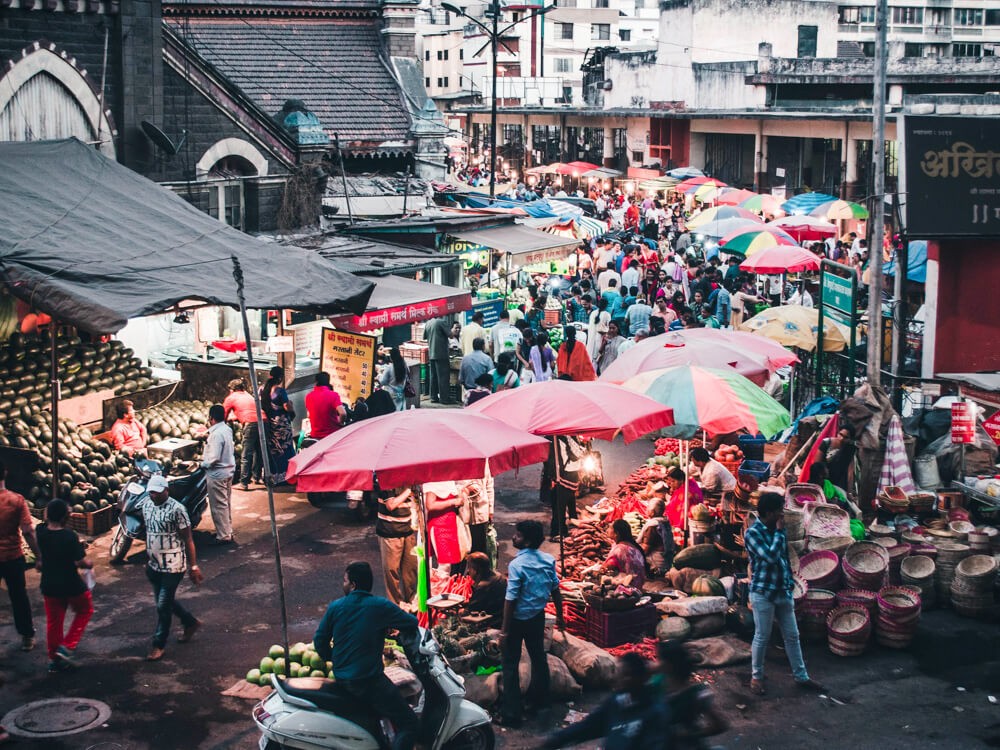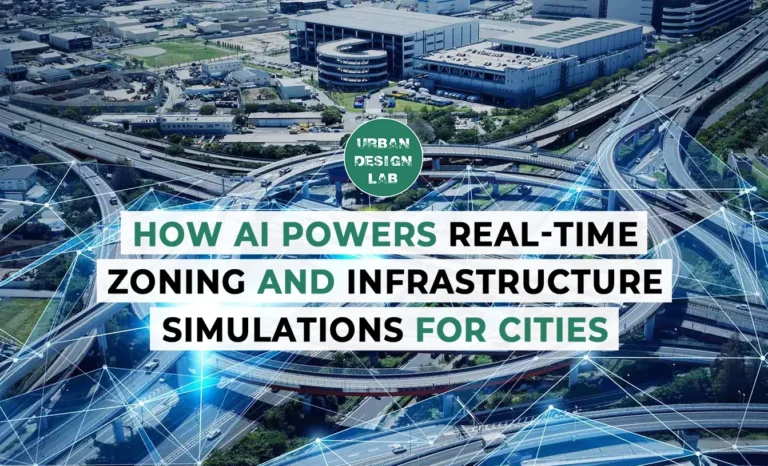
Spatial Justice and the Right to the City
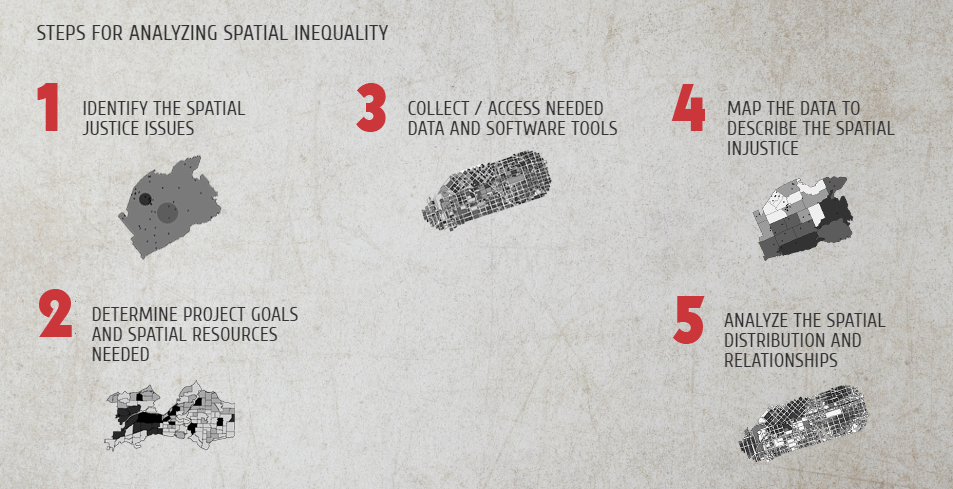
Right to the city
The idea of the “right to the city” was first used in 1968 by philosopher and sociologist Henri Lefebvre. Both the concept and the phrase have been taken up by social movements and academics as a way to articulate and resist spatial inequalities in the capitalist city. The Marxist geographer David Harvey has been one of the most active proponents of this idea within academia. His influential 1973 book, Social Justice and the City, lays out the concept. He writes,
The question of what kind of city we want cannot be divorced from that of what kind of social ties, relationship to nature, lifestyles, technologies, and aesthetic values we desire. The right to the city is far more than the individual liberty to access urban resources: it is a right to change ourselves by changing the city.
He continues,
It is, moreover, a common rather than an individual right since this transformation inevitably depends upon the exercise of a collective power to reshape the processes of urbanization. The freedom to make and remake our cities and ourselves is, I want to argue, one of the most precious yet most neglected of our human rights.
Harvey’s analysis rests on the idea that meaningful control over your built environment is not a privilege, but a right, and an essential element in the fight against neoliberal destruction of communities.
The role of capital in all this should not be overlooked, even by those who focus on the design elements. We might make all our blocks short and our buildings facades diverse, but the global capitalist system is still doing its thing. Harvey’s writing makes that abundantly clear — demonstrating the need to put cities in the center of the restructuring of our economy and social life because they’ve played such a central role in the development of our society over the past century.
Spatial justice
Spatial justice is a complimentary idea to that of the right of the city. It comes out of the same strain of radical geography and a desire to connect space with justice. Edward Soja explains, analyzes, and contextualizes spatial justice in his 2010 book, Seeking Spatial Justice. Spatial justice is based on the fact that being a human and living life is a social, temporal, and spatial experience. Conceptualizing justice in this way is an attempt to recenter the spatial element in order to analyze the ways that our physical world enforces and produces injustice. One essential component is that development is uneven globally, regionally, and locally. Because of this, all the injustices we talk about in the context of a larger social justice movement are baked into the built environment we inhabit.
Soja writes that the growth of the “right to the city” idea in recent years has led to a “mutually reinforcing convergence between these two versions of the struggle over geography: for spatial justice and for democratic rights to urbanized space” (7).
One case that Soja uses to explain this concept is that of the Bus Riders Union in Los Angeles. The right to the city requires being able to access the city, and we do that though moving through the city, and to move through the city we need transportation systems that serve our needs. Our country’s transportation systems are funded and organized in ways that specifically inhibit the mobility of low-income people.
That is an issue of spatial justice. People are unable to access the opportunities the city provides because of a lack of mobility. That lack of mobility also further increases injustice through a decreased ability to participate fully in our economy and democracy. Space and justice are irreparably connected.
Author: CultureHouse
Program: Urban Design and Social Justice
Publisher: CultureHouse
Year: 2018
Related articles


Rethinking Urban Planning Careers in India
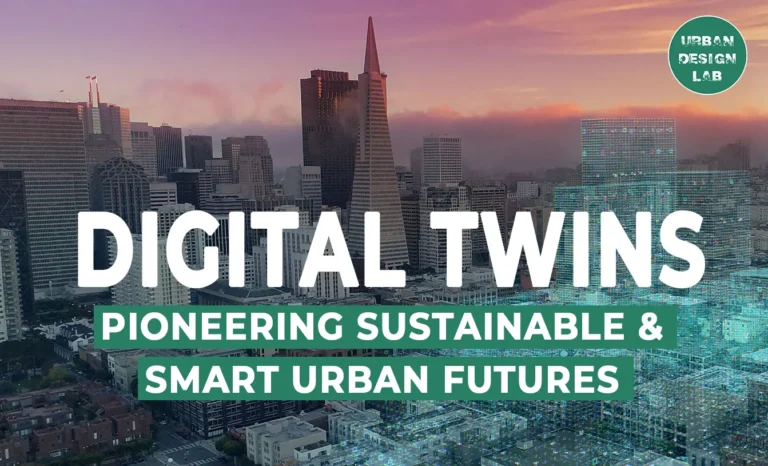
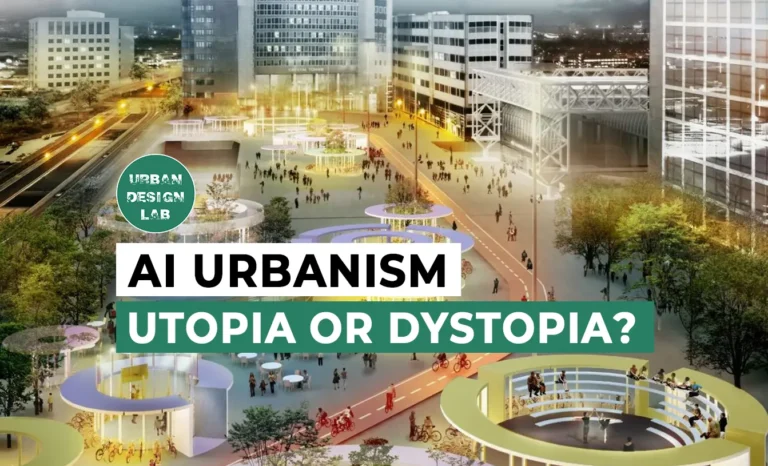
AI Urbanism: Utopia or Dystopia? The Unvarnished Truth.
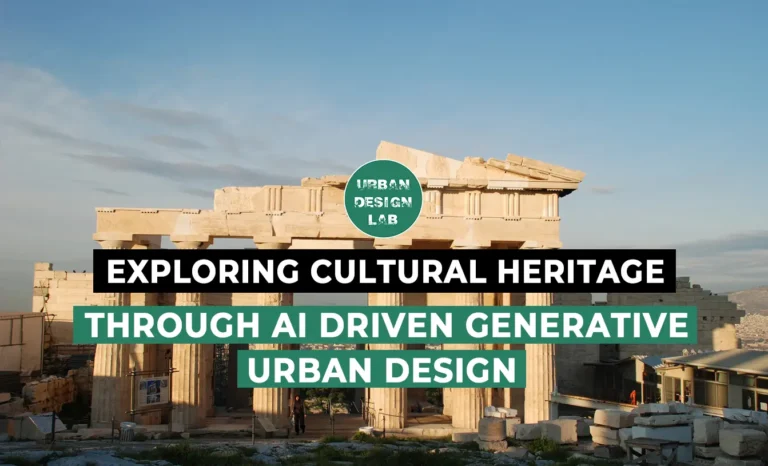
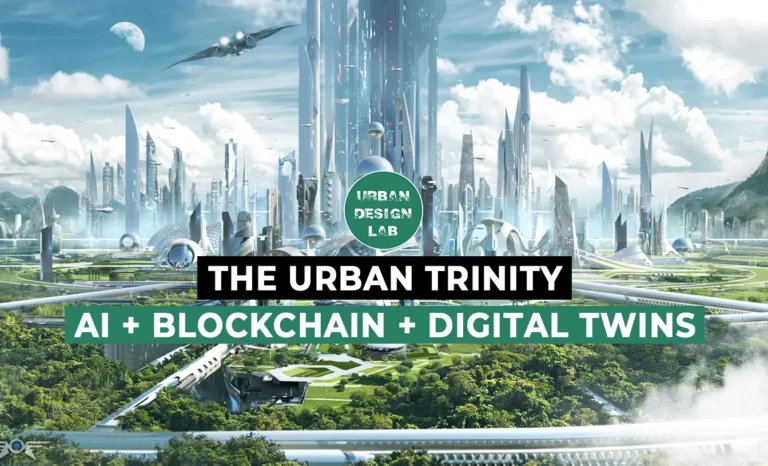
5-Days UDL GIS
Masterclass
GIS Made Easy – Learn to Map, Analyse, and Transform Urban Futures
Session Dates
14th-18th July 2025

Free E-Book
From thesis to Portfolio
A Guide to Convert Academic Work into a Professional Portfolio”
Recent Posts
- Article Posted:
- Article Posted:
- Article Posted:
- Article Posted:
- Article Posted:
- Article Posted:
- Article Posted:
- Article Posted:
- Article Posted:
- Article Posted:
- Article Posted:
- Article Posted:
- Article Posted:
- Article Posted:
Sign up for our Newsletter
“Let’s explore the new avenues of Urban environment together “



























